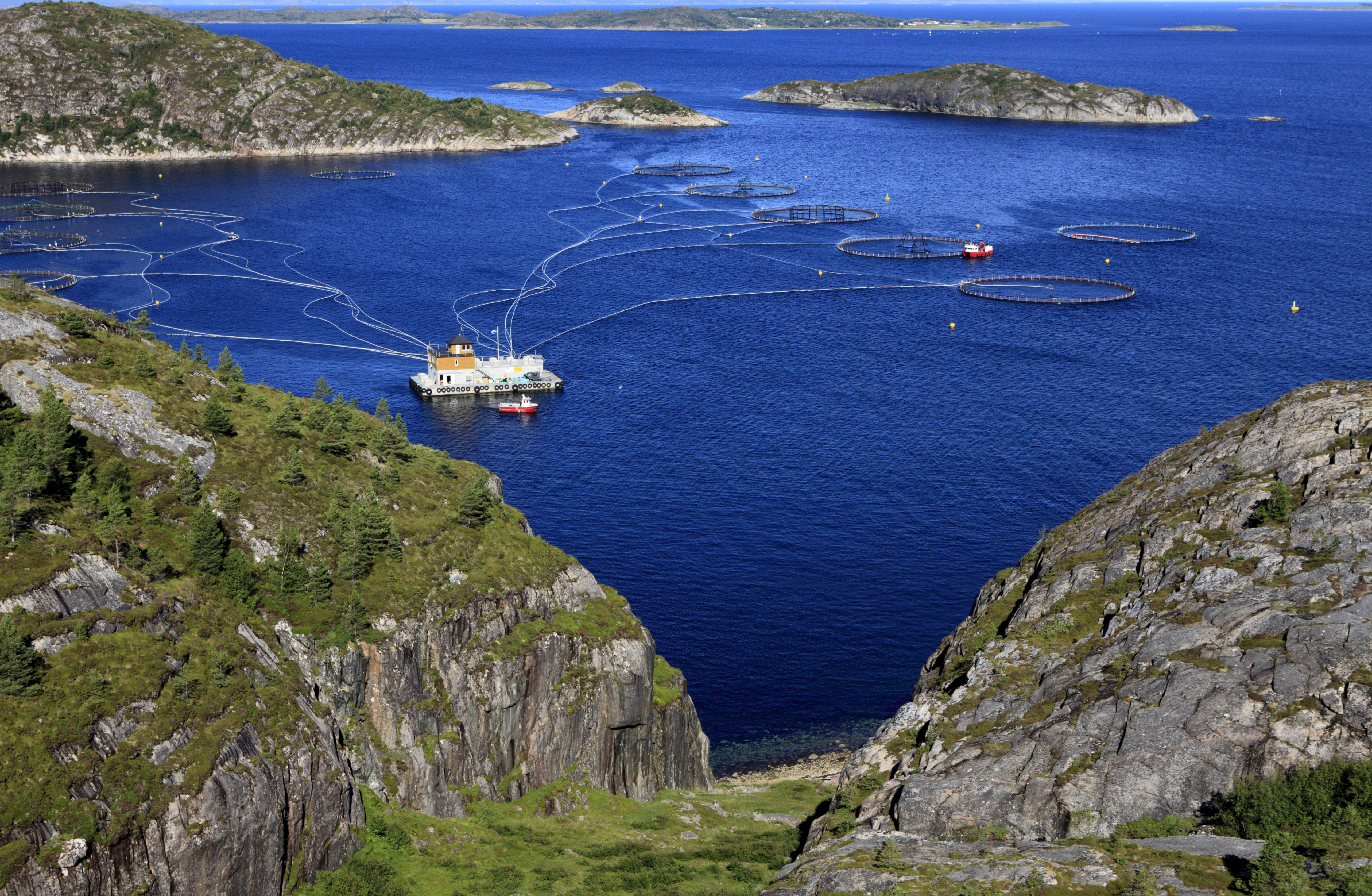Norway’s wild salmon show higher pollutant levels than farmed fish

A new research report from the Norwegian National Institute of Nutrition and Seafood Research states that wild salmon contains a higher level of pollutants than farmed salmon does. However, the levels are very low for both.
Senior Researcher Anne-Katrine Lundebye at NIFES has lead the work on the new study, which has a conclusion that is contrary to former research results – and contrary to the presumed common belief among people, according to Forskning.no, a Norwegian research publishing website.
Forskning.no says that Lundebye’s project has compared Norwegian wild salmon with Norwegian farmed salmon, and it has investigated both the differences in pollutants as well as in nutrition for the two types of salmon.
The report concludes that the content levels of pollutants like dioxin, PCB, brominated flame retardants and most pesticides is lower for farmed salmon than for wild salmon. Lundeby explains this difference by referring to what the fish eat.
“The fish becomes what it eats, both for toxins and for nutrition. We can control this for farmed fish, while the diet for wild fish will vary in nature,” she told the website.